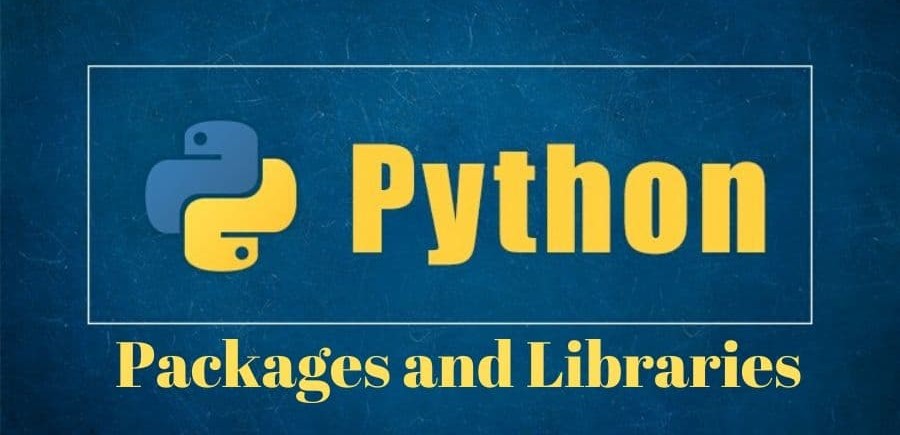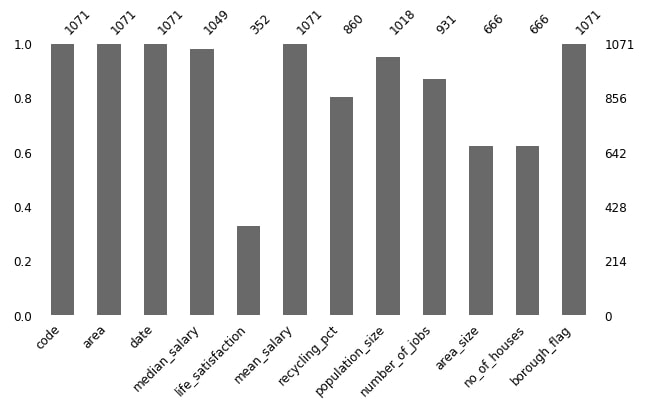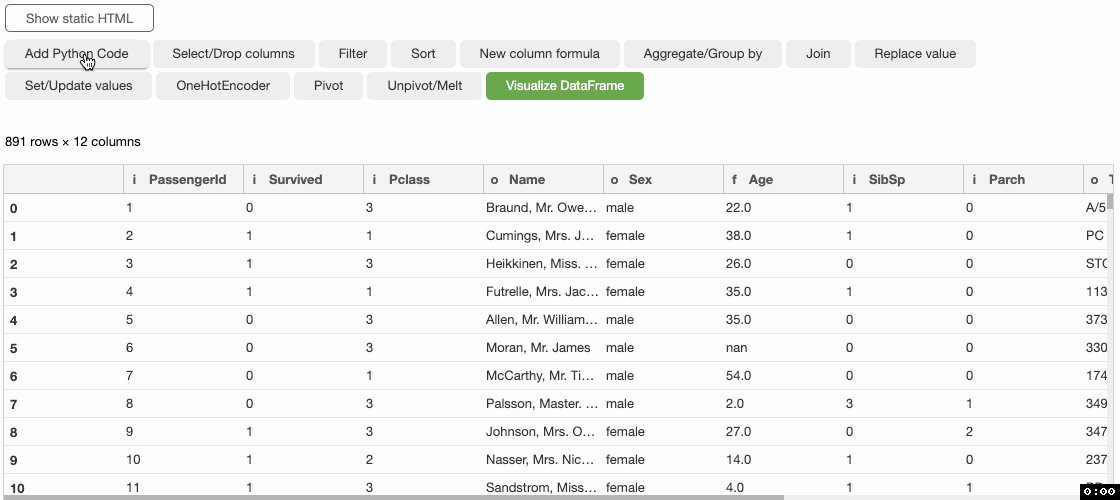Introduction
Python is one of the most loved languages in the data science and machine learning world. It is easy to learn and provides a bunch of libraries and packages and having good developers community. Python Libraries and Packages are a group of modules that makes our life easier. There are more than 137,000 python libraries and 198,826 python packages prepared to facilitate engineers’ ordinary programming experience. These libraries and packages are planned for an assortment of advanced arrangements.
As a data science enthusiast, I have seen people always talking about some famous libraries like for data manipulation pandas and NumPy, for data visualization matplotlib, seaborn, plotly, and many more, for modeling scikit-learn, TensorFlow, etc. In this article I’m not going to cover these libraries as tons of blogs are already available, check my article on the most used python libraries here. But in his article, I am going to cover some hidden gems of python libraries that are unknown to the data science world. These are some important libraries you can check out in 2021.

These libraries include functionality such as handling missing values in an organized way, handle emojis, converting numbers into ints and floats, visualization intelligence tools, time series modelling and many more. It covers a vast range of topics like from natural language processing to data visualization and time series. So let’s get started.
Table of Contents
- Missingo
- Emot
- Bamboolib
- ppscore
- AutoViz
- Numerizer
- PyFlux
- Flash Text
Missingo
Installation
pip install missingo
Importing the library
import missingo as msns
In the below bar plot, you can see the number of missing values in each column:

For more information, check the official documentation: Link
Emot
Emojis are very common in chats. When you deal with natural language processing tasks, it is very tedious to deal with Emojis. Here comes a very handy library to get rid of the emoticons from the text data. It is a famous python library that is very useful when we have to deal with Emoji and Emoticons. It works well with Python 2 and Python 3. It takes a string as an input and returns a list of the dictionary. So let’s get started.
Installation
pip install emot
Importing the library
import emot
Code
import emot
text = "I love python 👨 :-)"
emot.emoji(text)
[{'value': '👨', 'mean': ':man:', 'location': [14, 14], 'flag': True}]
emot.emoticons(text)
{'value': [':-)'], 'location': [[16, 19]], 'mean': ['Happy face smiley'], 'flag': True}
For more information, check the official documentation: Link
Bamboolib
Analyzing and Visualizing the information is the most significant and time taking interaction. We need to put a great deal of time to unmistakably investigate what is the issue here and what it is attempting to tell. We utilize various sorts of python libraries to envision the examples and oddities in the dataset to get comfortable with the dataset.
Bamboolib is GUI for pandas DataFrames that empowers anybody to work with python in Jupyter Notebook or JupyterLab. Bamboolib is a profoundly intelligent and broadly supportive library to examine, imagine, and control information.
Indeed, even an individual with a non-programming foundation can utilize it to draw bits of knowledge from information since it doesn’t need any coding experience. Bamboolib isn’t open-source which implies that you need to purchase bamboolib to utilize it, yet it gives a 14-day free preliminary form so you can completely investigate it and perceive how it very well may be valuable for you.
Installation
pip install bamboolib
Importing the library
import bamboolib

For more information, check the official documentation: Link
Ppscore
Full from of ppscore is Predictive Power Score. This python library is made by bamboolib developers. The Predictive Power Score is an alternative to the correlation matrix. This score is asymmetric and can detect the linear or non-linear relationships between two columns in our dataset. So let’s get started with this library.
Installation
pip install ppscore
Importing the library
import ppscore
For more information, check the official documentation: Link
AutoViz
It is the most underrated python library that has been used to perform exploratory data analysis. This library automatically visualizes any kind of dataset including large datasets as well. Beautiful visualizations can be drawn with just a single code. You have to just provide your data file (txt, JSON or CSV) and it will automatically visualize it. Just upload your data and AutoViz will automatically give you the right charts that help you to derive insights within seconds. So let’s get started.
Installation
pip install autoviz
Importing the library
import autoviz
For more information, check the official documentation: Link
Numerizer
It is a very interesting python module for text processing. It converts natural language numbers into floats and ints. This is a very useful module in natural language processing tasks. For
example, if it converts ‘forty-two’ to 42, ‘one billion and one’ to 1000000001
etc. So let’s get started.
Installation
pip install numerizer
Importing the library
from numerizer import numerize
Code
numerize(‘forty-two’)
'42'
numerize('one billion and one')
'1000000001'
For more information, check the official documentation: Link
PyFlux
Time series investigation is quite possibly the most oftentimes experienced issues in the Machine learning area. PyFlux is an open-source library in Python that unequivocally worked for working with time series issues. The library has a brilliant cluster of present-day time arrangement models including yet not restricted to ARIMA, GARCH, and VAR models. So, PyFlux offers a probabilistic way to deal with time arrangement displaying. So let’s get started.
Installation
pip install pyflux
Importing the library
import pyflux
For more information, check the official documentation: Link
FlashText
FlashText is a Python library made explicitly to search at replacing the words in a record. Presently, how FlashText works is that it requires a word or a rundown of words and a string. The words which FlashText calls keywords are then looked at or supplanted in the string.
Allow us to look at in insight regarding FlashText working. At the point when keywords are passed to FlashText for looking or supplanting, they are put away as a Trie Data Structure which is productive at Retrieval assignments. So let’s get started.
Installation
pip install flashtext
Importing the library
import flashtext
Searching:
Replacing:
For more information, check the official documentation: Link
Final Note
You can check my articles here: Articles
Thanks for reading this article and for your patience. Do let me in the comment section about feedback. Share this article, it will give me the motivation to write more blogs for the data science community.
Email id: gakshay1210@gmail.com
Follow me on LinkedIn: LinkedIn
The media are shown in this article on Python Packages are not owned by Analytics Vidhya and is used at the Author’s discretion.






Just a note, Pyflux is not maintained by the creator anymore and the package was built as an experiment only. It has not even been officially tested, so be careful using this package (taken from a note from the creator on githib).